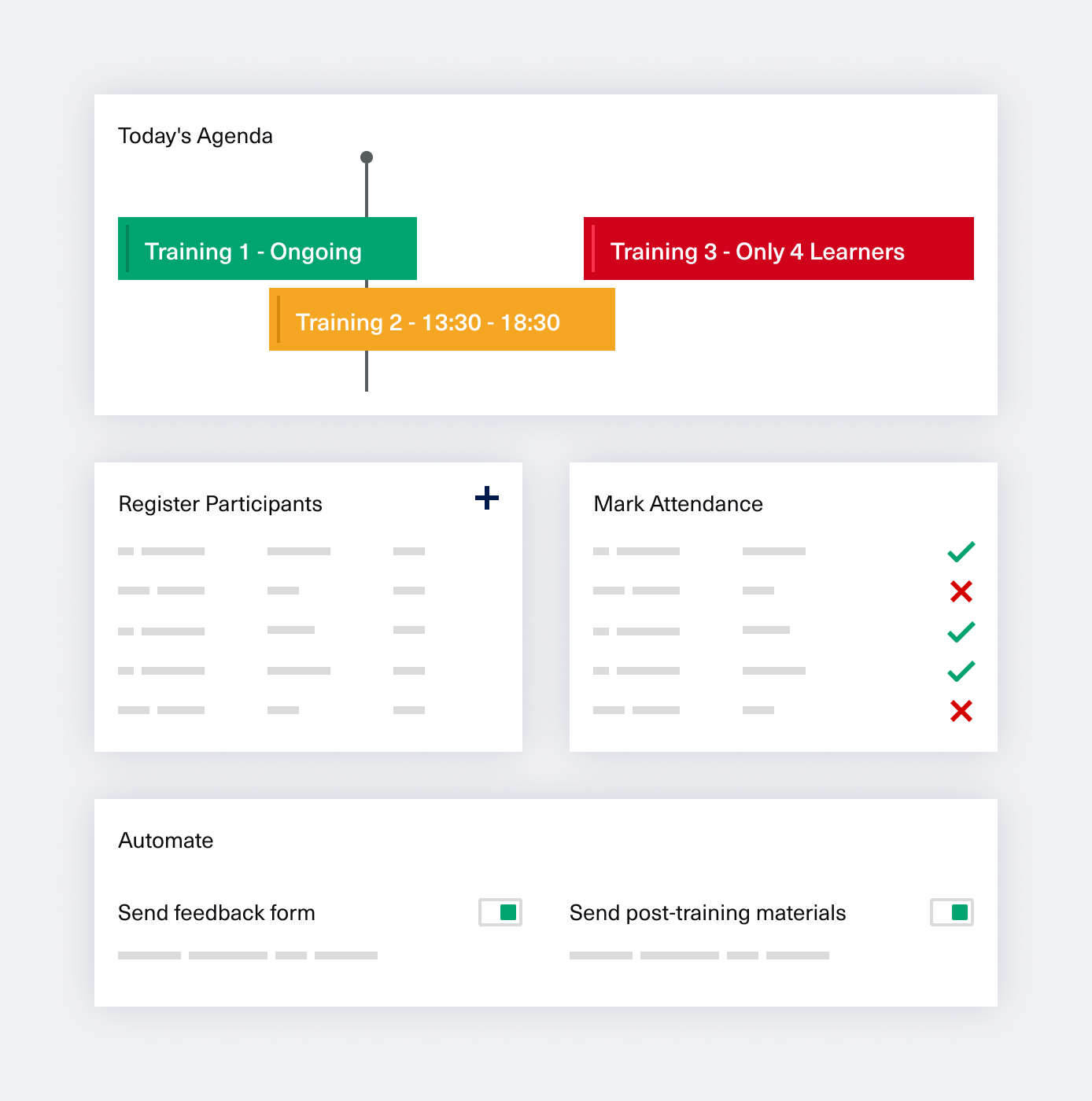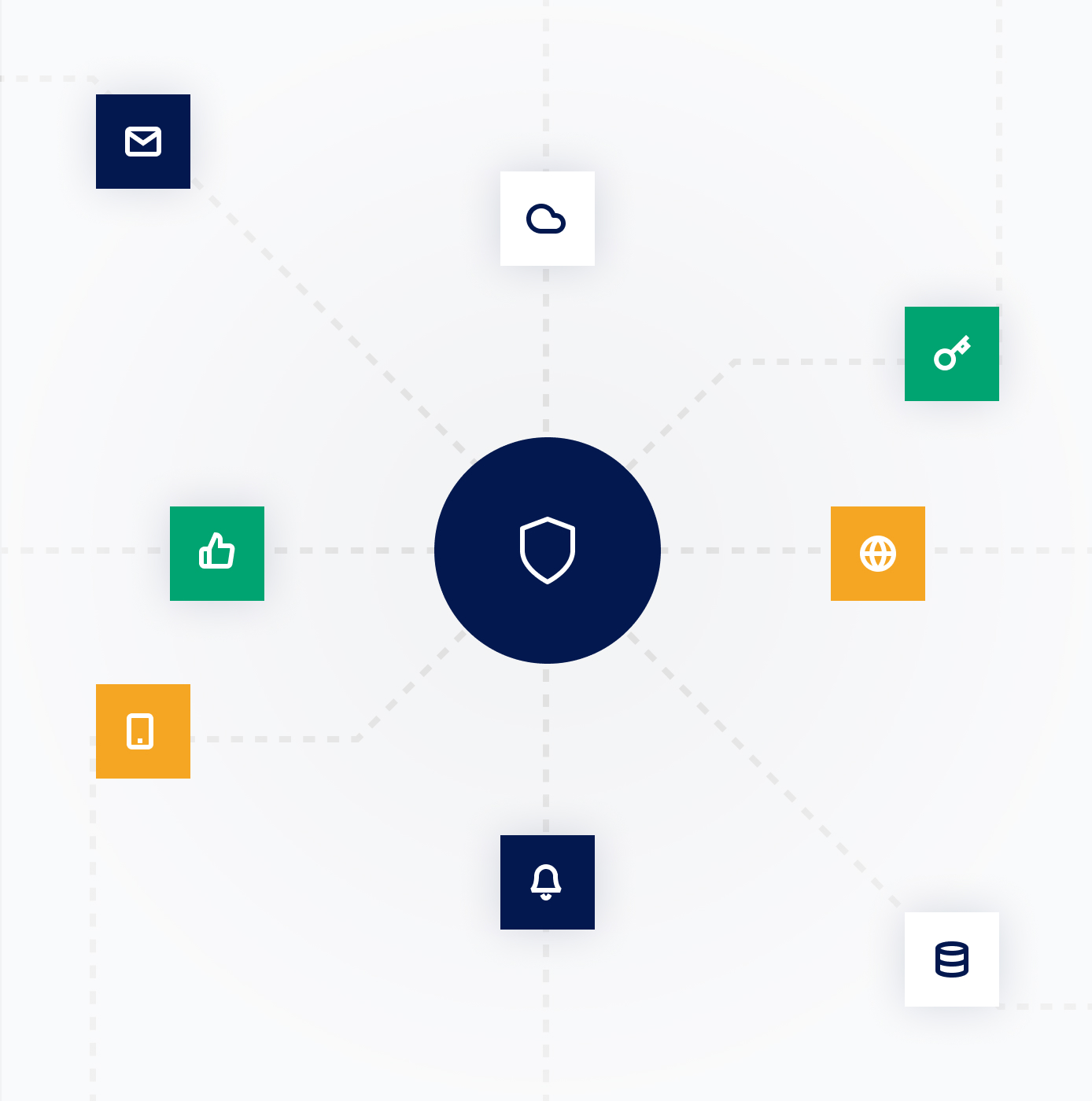Highlights:
* Discipline in the context of leadership doesn’t refer to authority. Quite the opposite, a person or team displaying discipline can self-assess while doing the work and bring themselves back on track.
* The discipline components are autonomy, ability to focus on the goal, no procrastination, self-determination, good time management, avoidance of distractions, and healthy work habits.
* Discipline doesn’t require the leader to oversee the team constantly; a disciplined group or individual has the ability to self-manage and maintains course without outside intervention.
* The leader explains the team’s goal by describing the key behaviors, objectives, and expected results and checks for understanding.
* The leader’s example is crucial when a challenging situation puts the shared values of the team to the test. The team will follow suit, whether the leader shows self-discipline or not.
* Trust is a vital component of a self-disciplined team. Team members can rely on each other to fulfill their tasks and call each other out constructively when someone missteps.
* Micromanagement is what happens when people don’t trust each other.
* Learning programs can be good tools to help teams become more disciplined and understand how to adopt new behaviors. But no amount of formal learning will create a self-disciplined team if the team members can’t apply the newly acquired knowledge in the proper work context.
* The leader plays a critical role in creating the right environment where the team can effectively put those learnings into practice.
* People can get both leadership and discipline fatigue.
* When an employee doesn’t want to continue being in a leadership role, they must self-assess and potentially make difficult decisions about their next career step. Staying in the same role is detrimental to both the company and themselves.
* The Peter Principle: everyone gets promoted until they reach their position of incompetence. Companies that promote specialists into managerial roles suffer twofold: they lose a good specialist and gain a mediocre manager.
* Companies should create career opportunities that allow people to grow professionally without necessarily becoming a manager; this prevents people from arriving in leadership roles without the right motivation to be there.
* To create a healthy leadership culture, companies must properly assess the skills of their people. They need to make sure that employees arrive in leadership roles for the right reasons and have or can acquire the right skill set for the job.
* The “Up Or Out” policy is a poor example of a promotion strategy: due to the frequent role changes, the model creates a risk-averse culture, and roles are fulfilled by perpetual beginners.
How to establish and maintain discipline within a team:
1. The leader clarifies the team’s goal and makes sure the team understands and accepts it.
2. The leader must embody the spirit of what was agreed prior and showcase discipline while doing the work.
3. The team must be self-accountable: the leader’s presence shouldn’t be necessary for the bad behaviors to be called out and everyone to continue working effectively towards the agreed-upon goal.




























